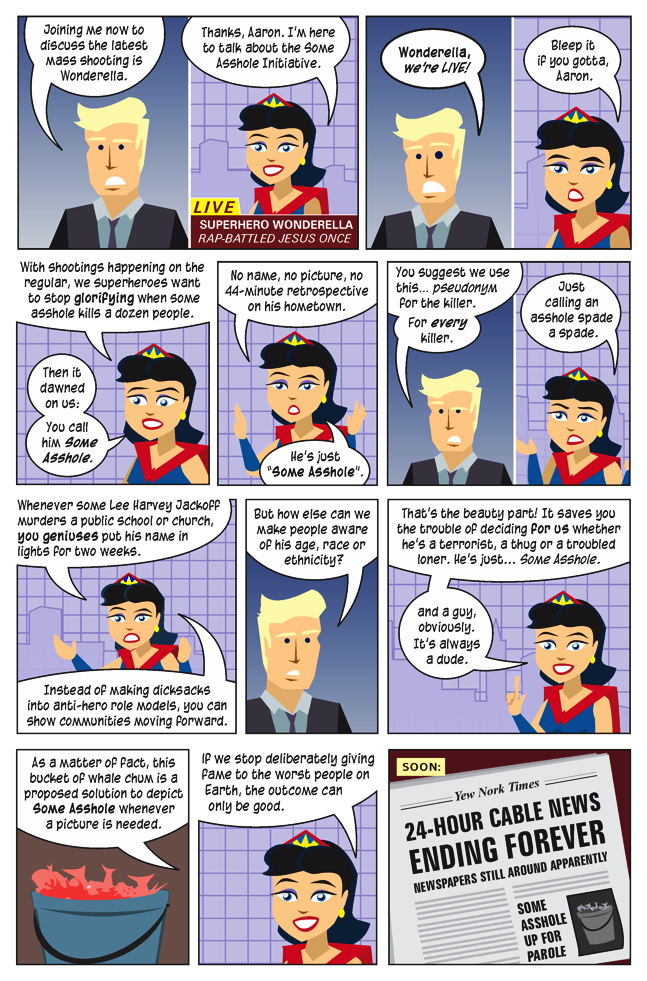From the recent Rolling Stone profile of Rush:
Lee has been friends with Alex Lifeson since they were nerdy teens in the Sixties; the guitarist set Lee up with Young, whom he married in 1976. Clearly, Lee has no issues with commitment, though touring strained his relationship with his family until Rush cut out European dates in the Eighties. “The worst thing you can do in marriage is to look at your partner as your wife or your husband,” says Lee. “We decided to treat each other as if we were still boyfriend and girlfriend. That subtle bit of semantics helps a lot, I think.”
Lee, born Gary Lee Weinrib, is the child of Holocaust survivors, and he traces some of his drive to his parents’ legacy. They met in a Nazi work camp in occupied Poland in around 1941, and had fallen in love by the time they were both imprisoned in Auschwitz. “They were, like, 13 years old,” Lee says over a late-night beer in a sleepy Tulsa bar, “so it was kind of surreal preteen shit. He would bribe guards to bring shoes to my mom.” As the war went on, his mother was transferred to Bergen-Belsen, and his father to Dachau.
When the Allies liberated the camps, his father set out in search of his mom. He found her at Bergen-Belsen, which had become a displaced-persons camp. They married there, and immigrated to Canada. But years of forced labor had damaged Lee’s father’s heart, and he died at age 45, when Lee was 12. Lee’s mother had to go to work, leaving her three kids in the care of their overwhelmed, elderly grandmother. “Had my dad survived,” says Lee, “I might not be sitting here talking to you — because he was a tough guy, and if he didn’t want me to do something, I may not have done it. It was a terrible blow that I lost him, but the course of my life changed because my mother couldn’t control us.”
[…]
Close to midnight, with Rush’s tour kickoff less than 24 hours away, Alex Lifeson is kneeling on a relocated couch pillow by the open window of his hotel room, exhaling pungent weed smoke into the humid Tulsa air. (If you’re in Rush and you want to get high, you do so considerately.) He breaks into a violent coughing fit. “Well, that’s the thing with this pot these days,” he says, passing the joint. “It’s so expansive in your lungs.” The streets below us are post-apocalyptically empty. “It’s busy in town tonight,” Lifeson says.
Earlier that night, over a pleasantly boozy dinner, I ask Lifeson if weed has helped him write Rush’s music. “Maybe just 80 percent of the time,” he says, roaring. “I find that smoking pot can be a really great creative agent.” (Lee quit pot in the early Eighties; Peart says, “I like marijuana, but I’m not going to be the poster child for it.”) “But when you’re in the studio and you’re playing, it’s sloppy,” Lifeson continues. “And cocaine is the worst, for everything. If you want to feel your heart pounding on your mattress at 7:00 in the morning when the birds are chirping, it’s perfect. It’s awesome. What do kids do now for drugs?”
Lifeson was a fan of Ecstasy in the early Nineties, and hadn’t heard that it’s called Molly now. “I’m glad you told me, just in case,” he jokes. “My wife is a totally nondrug person, but for some reason I talked her into it. We cranked the music and we were dancing, and then we talked for hours about deep personal stuff for what seemed like the first time, even though we’d been married for years. We were going through a bit of a difficult time in our relationship, and that opened up a lot of doors.”





